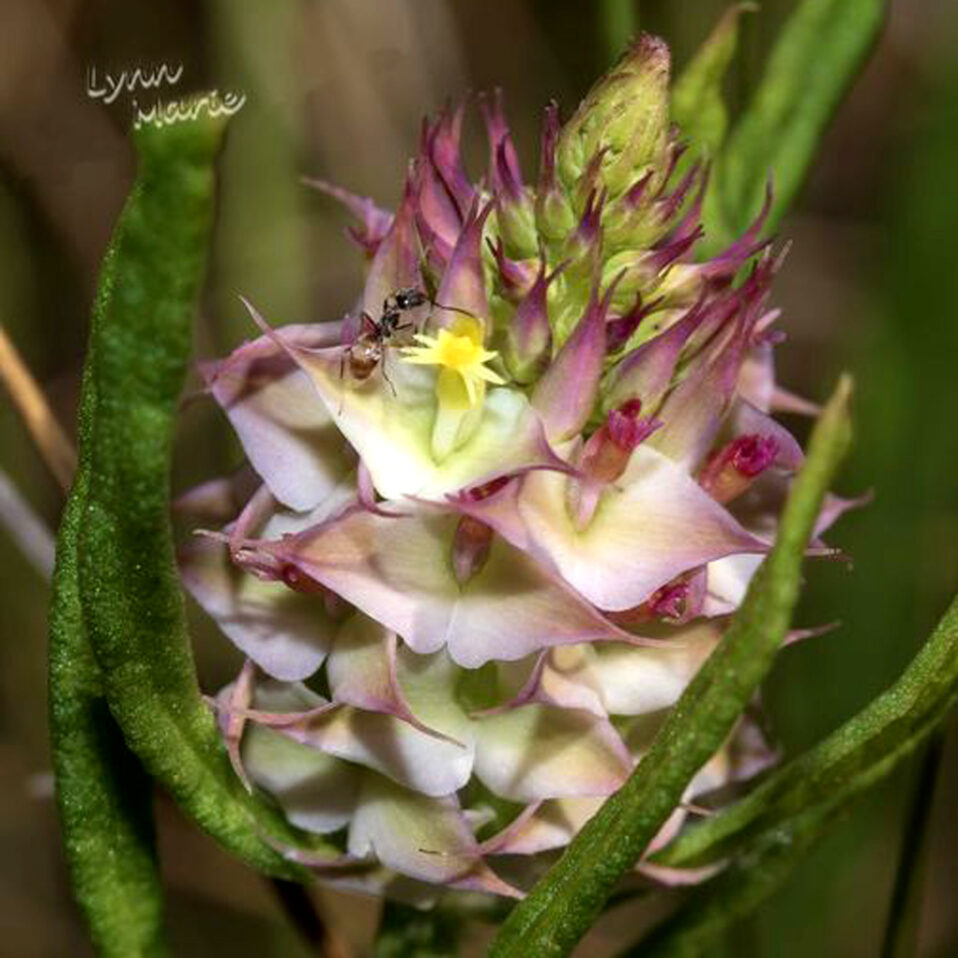Cross-leaved milkwort (Polygala cruciata) is a unique and fascinating plant native to Florida’s wetlands, prairies, and moist pinelands. This perennial herb is easily recognizable by its cross-shaped leaf arrangement and vibrant purple-to-pink flowers, which bloom from spring through fall. The plant typically grows to about 1 to 2 feet tall and prefers sunny, moist environments.
Cross-leaved milkwort plays a significant role in the local ecosystem by providing nectar for various pollinators, including bees and butterflies. It is also a part of the diverse flora that helps maintain the health and stability of wetland habitats.
Conservation of these habitats is crucial, as they are threatened by development and changes in land use. Protecting areas where cross-leaved milkwort thrives ensures the survival of this and many other native species.









Recent Comments